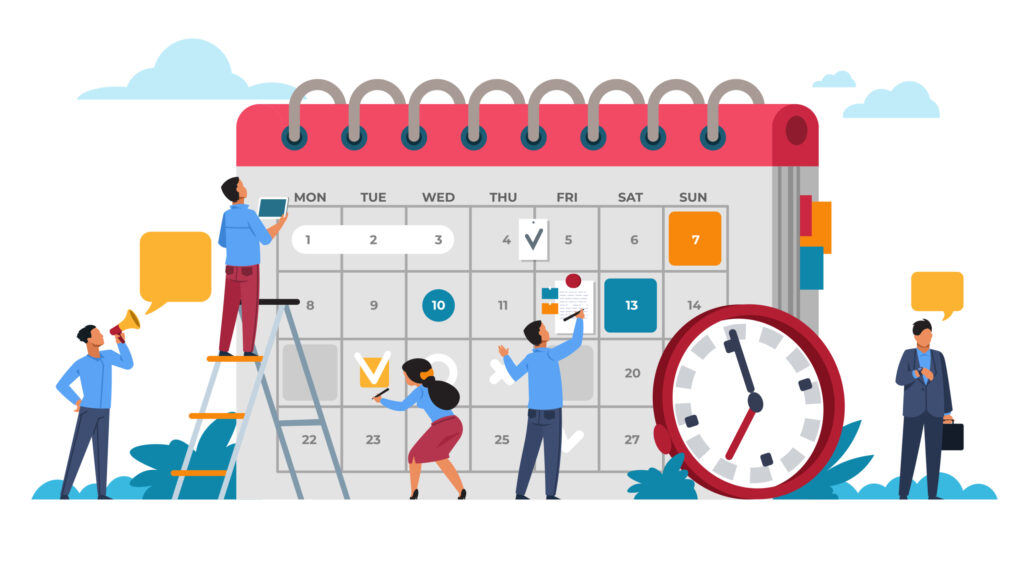A visual schedule is used for teaching new skills and independence to the kids. Using the visual schedules for kids helps in providing a routine in different situations. Teaching children to follow a visual schedule is a skill that is advantageous for them in school, at home, and out in society. When a schedule is in place, kids very well know what is coming next and what is expected from them which further reduces their anxiety. Here listed are some tips that how visual schedules can be used for the kids.
● Some kids get frustrated without a schedule in the place:
Kids, especially those suffering from autism, anxiety, or ADHD might get frustrated or anxious, when they are asked or directed to do something that was not expected by them or when they are told to stop continuing the preferred activity. It is the written or visual schedule that makes it easier for the children to understand, follow, and remember the expectations of the entire day and thus, reduces the anxiety to a great extent.
● Schedules should be similar every day
Although varied schedule allows flexibility, they should be similar enough to allow a kid to become comfortable with their routine. When children are comfortable n their routine, they feel less frustrated and also require fewer reminders from adults about what is expected from them.
● Schedules encourage independence for children:
When the visual schedules for kids are first initiated, parents or teachers might need to give them several reminders to check them. As the schedule becomes a normal part of their routine, there is a possibility that they start checking it themselves. The ultimate goal is for children to become familiar with the planned schedule so that they start to implement the same independently.
● Schedules teach accountability
When a child or student is expected to follow a certain schedule, parents or teachers are setting up a realistic way to make the child accountable for his or her own behavior and actions. Children use to have a lot of expectations that they expect their developing minds to meet. They oftentimes face difficulty in being accountable because of the difficulty faced by them in managing their tasks in an organized manner. It is the schedule that allows them to do the same.
● Setting a schedule is a non-confrontational way to enforce rules
The main rule of a visual schedule is to complete one thing before moving to the next. In case a child tries to get on a computer before completing the homework, parents can simply refer to the schedule and ask the child to remember his schedule and complete the homework first before getting on the computer.
Conclusion
The properly planned and designed visual schedules for kids can help make them improve their behavior and become more responsible being. To make children follow the schedule it is important to create an interesting and attractive visual schedule. Adding relevant pictures and templates can make children better understand their daily schedule.
